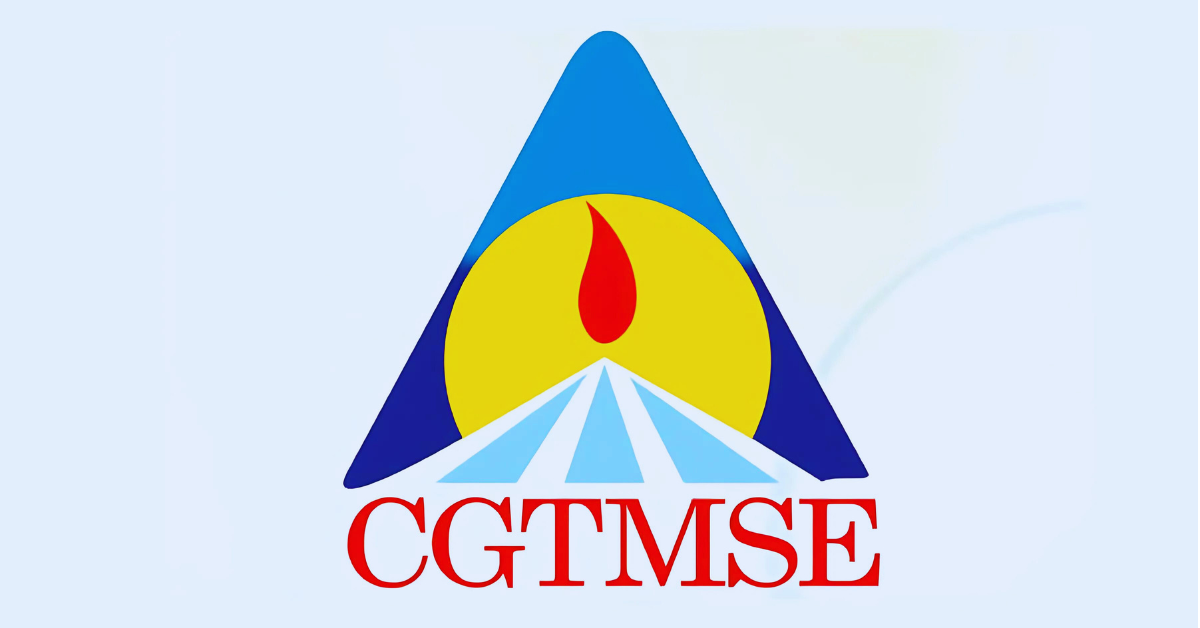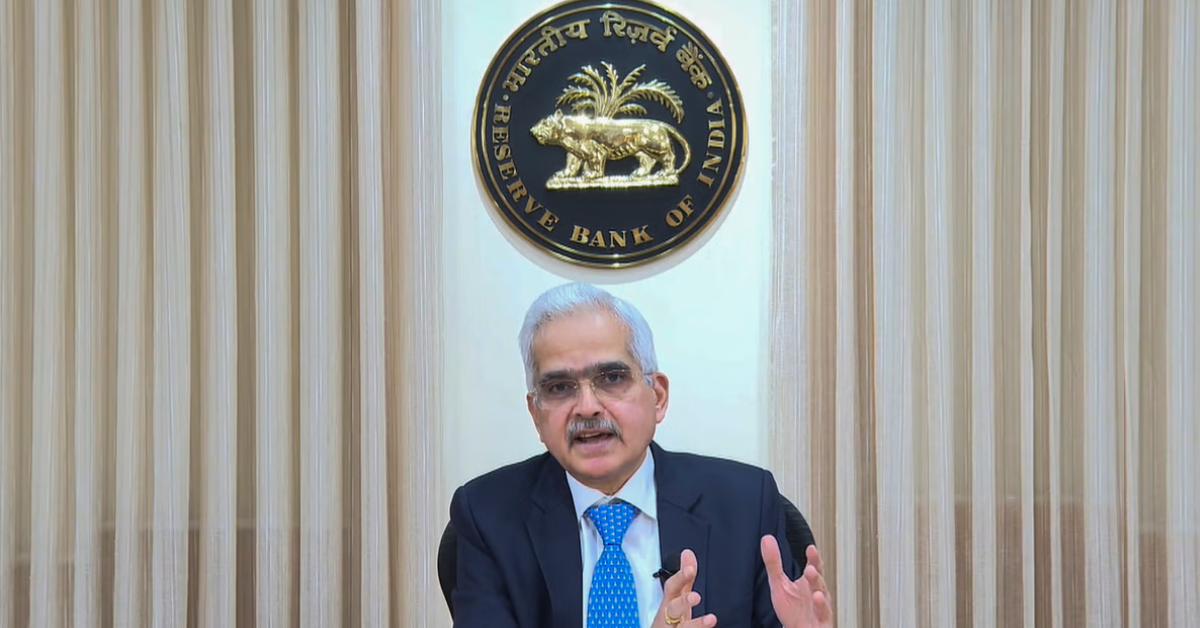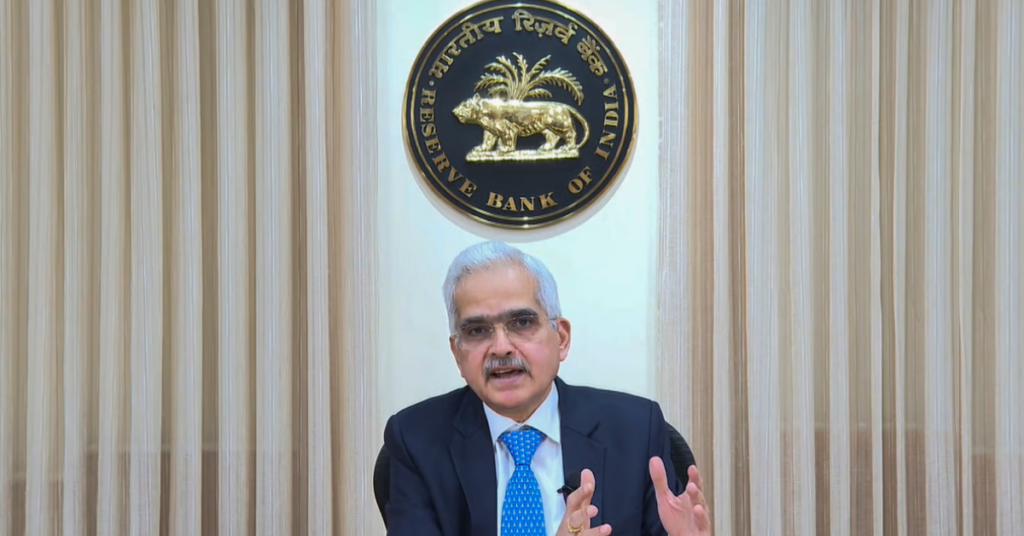
Unlocking Growth Cloud Computing for Indian SMEs
Indian SMEs face a unique set of hurdles in today’s rapidly evolving business landscape. Many small businesses struggle with limited resources, both financial and human. This often translates to a lack of access to sophisticated technologies and expertise needed for efficient operations and growth. Legacy systems, often outdated and inefficient, hinder productivity and prevent seamless integration with modern business processes. Furthermore, the digital divide remains a significant barrier, with many SMEs lacking the necessary digital literacy and infrastructure to effectively participate in the digital economy.
The lack of scalability presents another significant challenge. As small businesses grow, their existing IT infrastructure may struggle to keep pace, leading to bottlenecks and operational inefficiencies. Expanding capacity often requires significant upfront investment, which can be a considerable strain on already limited budgets. This inability to scale efficiently can stifle growth and limit market reach. Moreover, security concerns are paramount. SMEs are often vulnerable to cyber threats, lacking the resources to invest in robust security measures. Data breaches can have devastating consequences, impacting not only financial stability but also reputation and customer trust.
Another major challenge lies in the complexity of navigating the digital transformation journey. Adopting new technologies and integrating them effectively requires significant planning, investment, and expertise. Many SMEs lack the internal resources or the guidance to successfully manage this transition. This is compounded by the rapidly evolving technological landscape, making it difficult to stay ahead of the curve and choose the most appropriate solutions. The lack of awareness regarding the benefits of cloud computing and its potential to address many of these challenges further exacerbates the situation.
The challenges facing Indian SMEs can be summarised as follows:
Challenges:
- Limited financial and human resources
- Outdated IT infrastructure and legacy systems
- Lack of digital literacy and infrastructure
- Scalability issues
- Security vulnerabilities
- Complexity of digital transformation
- Lack of awareness regarding cloud computing benefits
Cloud Computing Solutions for Growth
Cloud computing offers a compelling solution to many of the challenges faced by Indian SMEs. It provides a flexible and scalable infrastructure, eliminating the need for significant upfront investments in hardware and software. Small businesses can access powerful computing resources on a pay-as-you-go basis, aligning IT spending with actual needs and promoting efficient resource utilisation. This scalability allows SMEs to easily adapt to fluctuating demands, supporting rapid growth without the constraints of limited infrastructure.
Cloud-based solutions also address the issue of security. Reputable cloud providers invest heavily in robust security measures, often exceeding the capabilities of individual SMEs. This shared responsibility model offers enhanced protection against cyber threats, reducing the risk of data breaches and ensuring data integrity. Furthermore, cloud computing facilitates seamless integration of various business applications, streamlining operations and improving efficiency. This integration helps break down data silos and improves data accessibility for better decision-making.
The transition to cloud computing can significantly improve collaboration within and outside the organisation. Cloud-based tools enable teams to work together efficiently, regardless of their location. This is particularly beneficial for SMEs with geographically dispersed teams or those working with remote clients. Moreover, cloud adoption simplifies software updates and maintenance, freeing up valuable IT resources to focus on core business activities rather than managing infrastructure.
Specific cloud computing solutions tailored to the needs of Indian SMEs include Infrastructure as a Service (IaaS), Platform as a Service (PaaS), and Software as a Service (SaaS). IaaS provides on-demand computing resources like servers and storage, PaaS offers a platform for developing and deploying applications, and SaaS delivers ready-to-use software applications accessible via the internet. Choosing the right solution depends on the specific needs and technical capabilities of each SME.
The benefits of cloud computing for Indian SMEs are numerous and impactful:
Benefits:
- Increased scalability and flexibility
- Reduced capital expenditure on IT infrastructure
- Enhanced security through robust cloud provider measures
- Improved operational efficiency through application integration
- Better collaboration and communication within and outside the organisation
- Simplified software updates and maintenance
- Access to advanced technologies without high upfront investment
While the benefits are substantial, SMEs should also be aware of potential challenges:
Challenges:
- The need for digital literacy and training among employees
- Concerns about data security and privacy
- Potential vendor lock-in with specific cloud providers
- Managing the transition and integration process
- Choosing the right cloud solution for specific business needs
Benefits and Cost Savings
Let’s delve into the financial advantages and cost-effectiveness that cloud computing offers Indian SMEs. One of the most significant benefits is the reduction in capital expenditure. Instead of hefty upfront investments in servers, software licenses, and IT infrastructure, SMEs can access these resources on a pay-as-you-go basis. This significantly lowers the barrier to entry for adopting advanced technologies and allows businesses to scale their IT resources according to their actual needs, avoiding wasted expenditure on underutilised equipment.
Cost savings extend beyond hardware and software. Cloud computing streamlines operational processes. The integration of various business applications, often facilitated by cloud platforms, reduces manual tasks, automates workflows, and improves overall efficiency. This translates into reduced labour costs and increased productivity. Furthermore, simplified software updates and maintenance minimise downtime and the need for dedicated IT personnel, further contributing to cost savings.
The enhanced security offered by reputable cloud providers also leads to indirect cost savings. Robust security measures protect against data breaches and cyberattacks, mitigating potential financial losses from data recovery, legal fees, and reputational damage. This shared responsibility model allows SMEs to focus on their core business activities instead of diverting resources to bolstering their often inadequate internal security systems.
Beyond direct cost reductions, cloud computing enables scalability, a crucial factor for growth. SMEs can easily adjust their IT resources to meet fluctuating demands, avoiding the expense and inefficiency of over-provisioning or under-provisioning. This flexibility is particularly valuable during periods of rapid growth or seasonal fluctuations in business activity, ensuring that IT resources are always optimally aligned with business needs.
However, it’s crucial to acknowledge that while cost savings are substantial, certain costs are associated with cloud adoption. These include ongoing subscription fees, data transfer charges, and potential costs associated with training employees to use new cloud-based tools. A thorough cost-benefit analysis is essential to determine the overall financial impact of cloud computing for each individual SME.
Successful Case Studies
Several Indian SMEs have successfully leveraged cloud computing to drive significant growth and overcome operational challenges. One notable example is a small textile manufacturer in Ahmedabad. Initially struggling with outdated machinery and limited storage for design files, they transitioned to a cloud-based solution. This allowed them to access powerful design software and store their extensive design library securely in the cloud, improving collaboration between designers and streamlining their production process. The improved efficiency and enhanced design capabilities led to a significant increase in orders and market share.
Another compelling case study involves a rapidly growing e-commerce startup based in Bangalore. Faced with the challenge of managing a rapidly increasing volume of customer data and transactions, they adopted a cloud-based platform. This provided the necessary scalability to handle peak demand during sales events, ensuring seamless customer experience and avoiding service disruptions. The cloud’s inherent flexibility allowed them to scale their infrastructure cost-effectively as their business expanded, preventing large upfront capital investments in IT infrastructure.
A Mumbai-based logistics company also benefited significantly from cloud adoption. Their previous system struggled to track shipments effectively across their large network. By implementing a cloud-based solution, they gained real-time visibility into their entire supply chain, leading to improved delivery times, reduced operational costs, and increased customer satisfaction. The integrated reporting features of the cloud platform also facilitated better decision-making and strategic planning.
These examples highlight the transformative potential of cloud computing for Indian SMEs. The benefits extend beyond simple cost savings; they include improved efficiency, enhanced scalability, increased security, and ultimately, accelerated business growth. The success of these companies demonstrates that embracing digital transformation through cloud adoption can be a crucial catalyst for competitiveness and sustainability in today’s dynamic market.
















